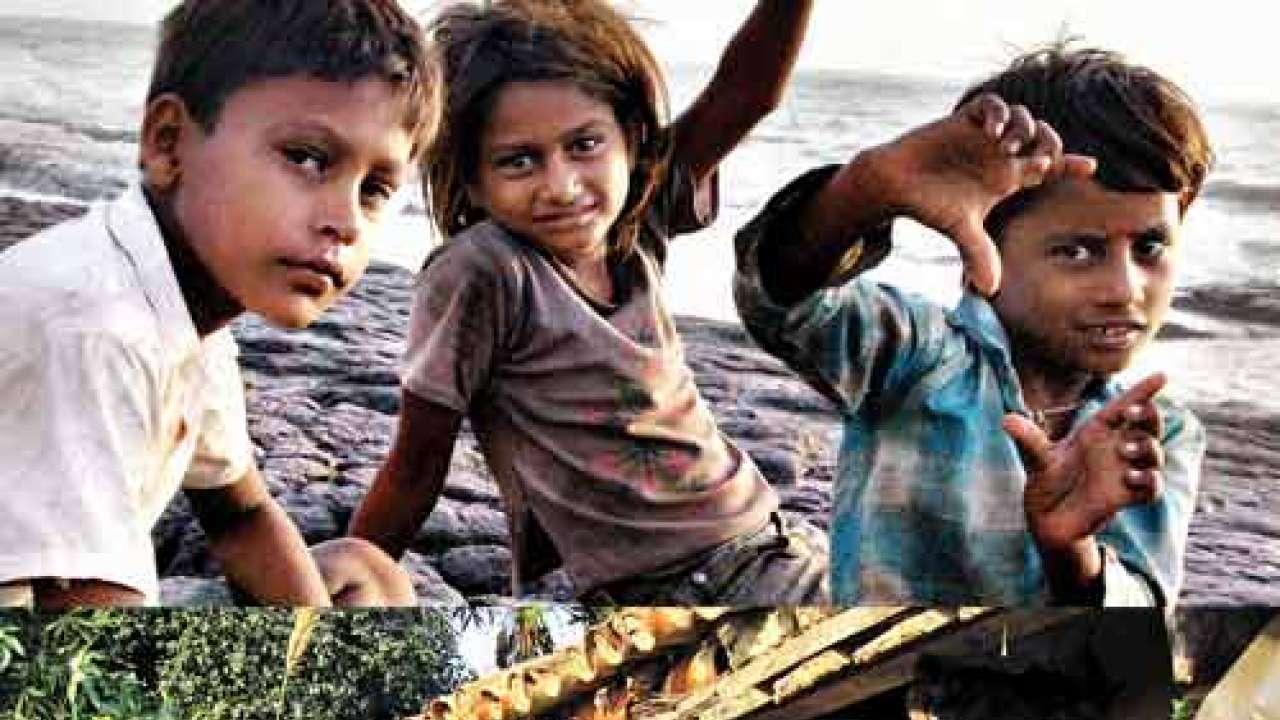
About a decade ago, I travelled to film my first documentary. It was a hot and dry May and we were filming the destitute Dalit and Pardhi women near the town of Udgir, Latur District, Maharashtra.
The documentary was on how self-help groups helped the women achieve financial independence and reclaim their lives through grit, courage and hard work. Each self-help group, which had approximately 20 members, and each woman in that group saved one day’s wages between Rs20 and Rs50. When the group reached a certain threshold in savings, the NGO working with the group gave them a female goat. The idea was simple: the female goat would mate and before long there will be a herd of goats. And that is exactly what happened. The women, in a span of two years, had a herd of 250 goats and were earning money with goat milk and milk products. What was interesting was what they did with the money they set up an anganwadi and a pre-primary school where their children could study without discrimination.
While one celebrated the women’s success, I couldn’t but help thinking ‘What was the State doing?’ Isn’t it the role of the State to provide quality education? After all, we are paying taxes, and the application of tax money includes education, especially for the poorest. There was a governance gap, and destitute women used their miniscule incomes to plug that gap to give their children a better future.
Earlier this year, in the scorching heat of May, I was out filming another documentary in Vidarbha, Yavatmal, Nanded, Adilabad and adjoining districts. The documentary was not on farmer suicides as documentaries on Vidarbha tend to be but on the traditional knowledge of the Banjara and Kolam tribes. What I saw in the villages was impressive. Water pumps in every 10 homes, concrete roads, good sanitation, primary schools and girls and boys going to school. There seemed to be a lot more worldly goods two wheelers, DTH connections, TV sets and the like.
Older teens were in nearby cities for further education both boys and girls. On the face of it, governance seemed to have delivered the basics and more. But, two interactions left me wondering. A villager told us that his son was in the ‘shehar’ studying engineering. That they had managed to cobble together the first year’s fees, but were thinking of mortgaging their land for money needed in the second year. Our local guide was also the principal of the local college and he informed the villager that for his son, education at this level should be free because of a variety of central and state schemes. In another case, there were these old women, very feeble and totally blind with thick cataract. We asked why they didn’t get their eyes operated, and the answer was it was too expensive. Once again, cataract operations for women (and men) in that category are totally free provided by both the State and various NGOs. People simply didn’t know about it. There was a governance gap, and the poorest, weakest and the most marginal had slipped through this gap.
The role of the government is simple. It is to get things done based on policies that they have put in place. If the policy is subsidised food items and kerosene delivered to the population, then the governance gap arises when the public distribution system fails to deliver; if the policy is quality education to all children between the ages of 6 and 14, then the governance gap is the inability to provide schools and qualified teachers; if the policy is free medicines and hospital treatment to the poorest members of society, then the governance gap is not enough hospitals and doctors; if the policy is a society where women can walk without fear on the roads of India, then the governance gap is lack of adequate policing; if the policy is the creation of several thousand kilometres of roads in the country, then the governance gap is the shortfall; if policy is about keeping the borders secure, then the governance gap is incursions into the Indian territory; if the policy is a safe and equal society for all citizens, then the governance gap is riots. The list can go on and on. We just have to look around us, in our own everyday lives and see the governance gap.
Every time someone breaks a signal and drives away, there is a governance gap, because at the most basic level there is no respect for the law and law-breakers can get away with it.
Gandhi had talked about Sarvodaya (welfare of all), but he clarified that this is based on Antyodaya the welfare of the last in society. It is impossible for the Centre or even state legislatures to look at the needs of the Antyodaya. For that you have local governments corporations and panchayats. If you look at the West, the basics health, social service, education, sanitation, garbage collection and road maintenance are mostly in the realm of services provided by local government. The states and the Centre put in place policies that help local governments deliver, but the local governments will have to take these services to the local community.
To ensure good governance, citizens have to be informed about what the government plans to do, and they should be empowered with the ability to question the government when it doesn’t deliver.
In reality, a highly centralised set-up makes that difficult. The best way to ensure good governance is to enable local governments and local representatives to deliver quality services to the local community where they live and work. And, more importantly, empower citizens who live in that area so that they can take their representatives and administrators to task if there is ‘no delivery’.
Unless there is decentralisation, and local corporations and panchayats are empowered, the gap in governance will continue.
The author is head, digital content, Zee Media Group.